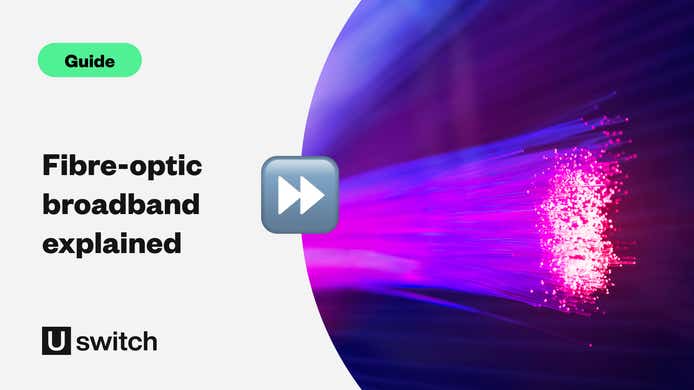What’s the difference between superfast, ultrafast and gigabit speeds?
Over the years, broadband speeds have been described by some slightly confusing terms. How much faster is ‘ultrafast’ than ‘superfast’? And how is ‘superfast’ used to describe some of the slowest speeds?
We'll explain the difference.
Superfast broadband
‘Superfast’ technically means an average broadband speed that returns between 30-80Mbps (megabits per second).
This speed is mainly attached to part-fibre broadband packages. When these connections started to roll out in the early 2010s, they were labelled ‘superfast’ because, at the time, they were the fastest connections a typical household could get.
They offered a significant speed boost to full-copper (ADSL) phone line broadband, which could only return average speeds of about 10Mbps.
Ultrafast broadband
‘Ultrafast’ means a broadband speed between 100 and 900Mbps. Ofcom states that it starts from 300Mbps, but we use 100Mbps because it’s easier to show which types of broadband can achieve these speeds.
Around the same time as the superfast broadband rollout, Virgin Media became the first provider to offer an ultrafast service of 100Mbps and above—thanks to its faster ‘coaxial’ cable, which needed to be installed at each customer’s property.
In the late 2010s, other providers started to compete with Virgin’s speeds, offering full fibre connections that plugged fibre-optic cables into UK residents’ homes for the first time.
5G broadband also started to roll out at this time, providing ultrafast speeds up to 300Mbps for specific urban areas of the UK.
Gigabit broadband
'Gigabit’ often refers to speeds of 900Mbps and above, but it mainly relates to rates of 1Gbps (gigabits per second). Once a speed reading hits 1000Mbps, it changes from megabits to gigabits, just like how a 1000MB file size is the same as 1GB.
Learn more about the difference with our bits and bytes explained guide.
Gigabit is the fastest broadband speed range that most homes can currently get, and it’s the target speed for the UK government, which wants 85% of homes to have gigabit internet by the end of 2025.




















